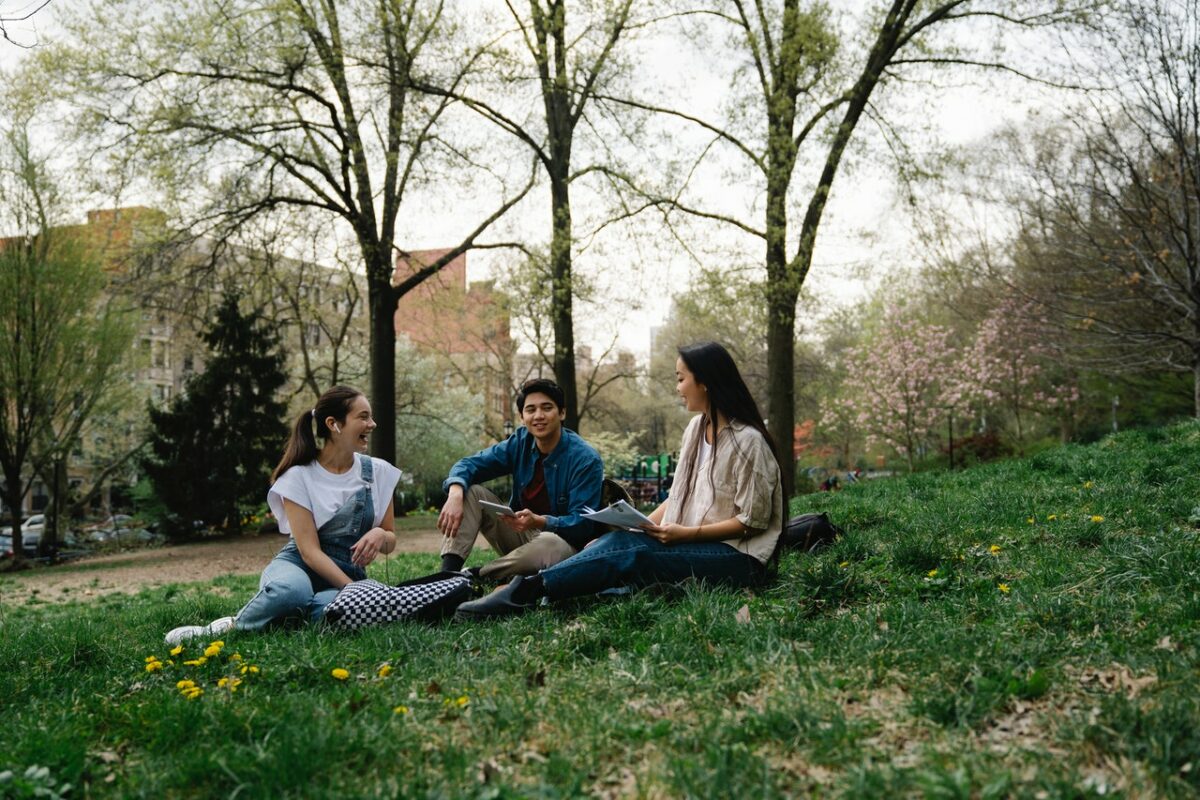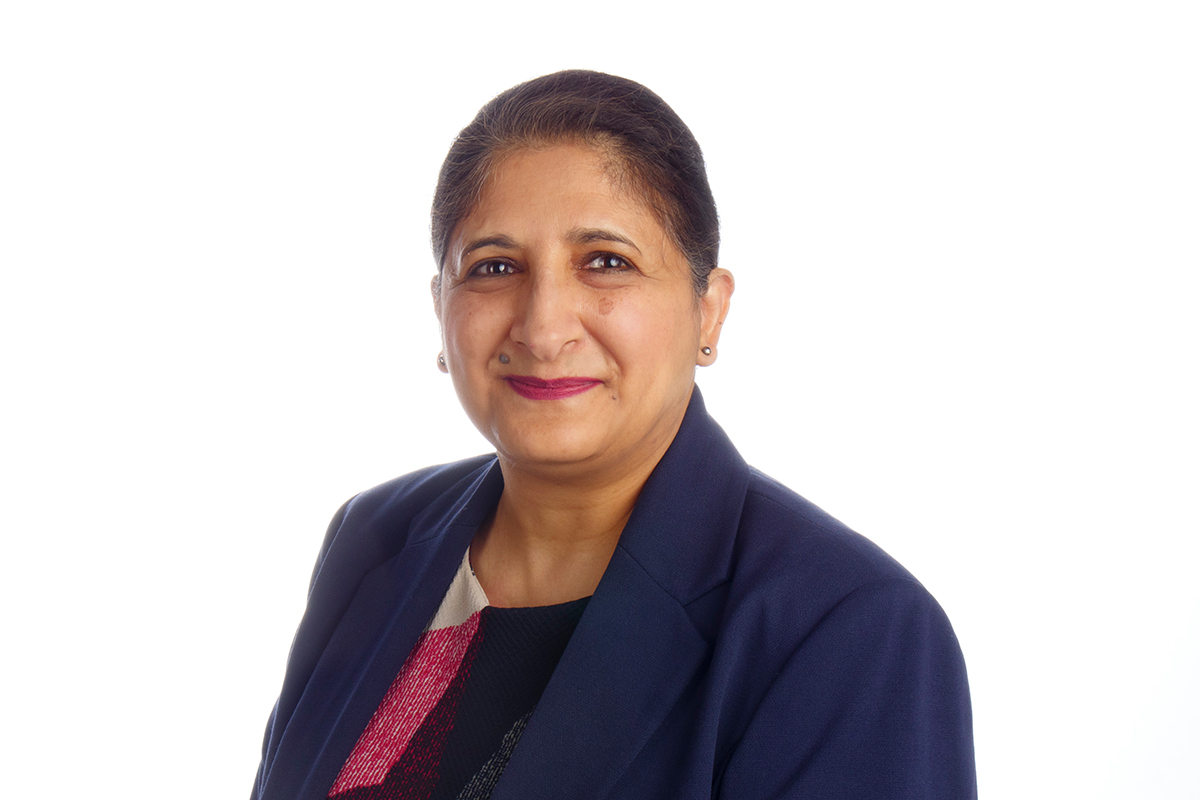Widening participation in higher education

Annual statistics on young peoples’ participation in higher education by student characteristics, including eligibility for free school meals, gender, ethnicity, special educational need status, first language and region.
The publication focuses on progression rates to higher education by age 19 for state-funded pupils by personal characteristics at age 15 and for A level students at age 17, by school or college type with breakdowns for high tariff higher education providers.
The publication also includes figures at local authority and regional level by gender, ethnic group, special educational need status and free school meal status.
Figures are also provided on progression to higher education by POLAR disadvantage and Teaching Excellence and Student Outcomes Framework rating.
The underlying data, including student numbers, is available to download from the Explore data and files section.
Note the latest data covers A level students who sat their exams in 2018/19 and progressed to HE at age 18 in 2019/20 or age 19 in 2020/21.
These students would not have been affected by disruption to assessments caused by COVID-19. However , COVID-19 may have influenced the decision of 19 year olds to enter HE in 2020/21 and comparisons with earlier years should therefore be treated with caution.
Headline Facts and Figures
HE Progression Rate (Free School Meals)
- 28.1%
- The rate increased from 26.6% last year and is the highest recorded level
HE Progression Rate (Free School Meals gap)
- 18.7pp
- The gap between FSM and non-FSM pupils has decreased for the first time since 2013/14
HE progression rate (Female)
- 50.6%
- For the first time in the series, more than half of females progressed to HE by age 19 compared to 38.4% of males
High Tariff HE Progression Rate (lowest ethnic group – White)
- 10.5%
- White pupils have the lowest high tariff HE progression rate of the broad ethnic groups for the first time in the series (below Black pupils at 10.7%)
HE Progression Rate (greatest increase – Black)
- 18.0pp
- The rate for Black pupils has increased by more than any other broad ethnic group, from 44.1% in 2009/10 to 62.1% in 2020/21
HE Progression Rate (FSM highest region – Inner London)
- 50.4%
- For the first time in the series, over half of FSM pupils in Inner London progressed to HE by age 19. The South West has the lowest rate at 18.8%
Progression to HE by age 19 – pupils in state-funded schools at age 15
Overall
- The progression rate by age 19 has increased from 43.1% to 44.4% in 2020/21 and the progression rate to high tariff HE has increased from 10.9% to 11.4%
Free School Meals
- The progression rate for Free School Meal pupils by age 19 has increased to 28.1% in 2020/21, the highest recorded level. The gap in progression rates between Free School Meal and non-Free School Meal pupils has decreased for the first time since 2013/14 to 18.7 percentage points – down from 19.1 percentage points last year
Local Authority and Region
- Half of pupils eligible for Free School Meals in Inner London progressed to HE by age 19 in 2020/21, compared to fewer than a fifth in the South East and South West
- HE Progression rates by age 19 were above 50% for Free School Meal pupils in 12 Local Authorities in London in 2020/21 but below 20% in a quarter of Local Authorities (all outside London)
- In London, 9.7% of those eligible for Free School Meals at age 15 progressed to high tariff HE by age 19 in 2020/21 – a rate over four times higher than for the South East (2.4%)
- In 10 Local Authorities in London the progression rate to high tariff HE for Free School Meal pupils was above 10%, compared to 4.5% nationally. Fewer than 1% of Free School Meal pupils progressed to high tariff HE in six Local Authorities
Ethnic Group
- Progression rates vary considerably by ethnic group. White pupils were the least likely to progress to HE by age 19 at 39.7%, compared to 48.1% for Mixed, 62.1% for Black, 65.7% for Asian and 81.0% for Chinese pupils. Progression rates have increased for all five broad ethnic groups in 2020/21
- Male White British Free School Meal pupils were among the least likely to progress to HE by age 19 at 13.6% in 2020/21. The progression rate has increased to the highest level in the time series after falling slightly in the previous two years
- Black Caribbean pupils were among the least likely to progress to high tariff HE by age 19 in 2020/21. The progression rate of 5.4% is less than half the overall national figure (11.4%)
Progression to HE by age 19 – A level students at age 17
A level students – Overall
- The progression rate has increased from 79.0% to 80.6% in 2020/21 and the progression rate to high tariff HE has increased from 28.7% to 29.9%
A level students – School Type
- The progression rate by age 19 for state school A level students has increased from 77.9% to 79.7% in 2020/21 and the gap between independent and state has decreased to 7.5 percentage points from 8.9 percentage points last year
- Independent school A level students were the most likely to progress to high tariff HE by age 19 at 57.3% in 2020/21 compared to 26.0% for state school A level students
Sector Response
Minister for Skills Andrea Jenkyns said:
“Getting into university should be about your talents and ability, not the background you come from, and these figures show that under this Government a record proportion of the most disadvantaged students are progressing to higher education – including the highest ever proportion of pupils on free school meals.
“Last year the Government asked universities to reboot their access and participation plans, and we will continue to work with the Office for Students to make sure the brightest pupils from every walk of life are supported to earn places at our most selective institutions.”
Steven Haines, Director of Public Affairs at youth charity Impetus said:
“We’re encouraged to see a historic rate of young people from disadvantaged backgrounds progressing to university and a decrease in the access gap after many years of it growing.
“However, even with more people entering higher education than ever, the gap remains stubbornly large. It is not enough to rely on Higher Education expansion to close this gap – we need concerted efforts to ensure young people from all backgrounds get the support they need to access and succeed. This means high-quality tutoring, comprehensive contextual offers, and support to overcome additional barriers such as a sense of belonging.
“We’re proud to support our charity partners The Access Project and Into University to continue providing this – sadly, still very much needed – work.”












Responses